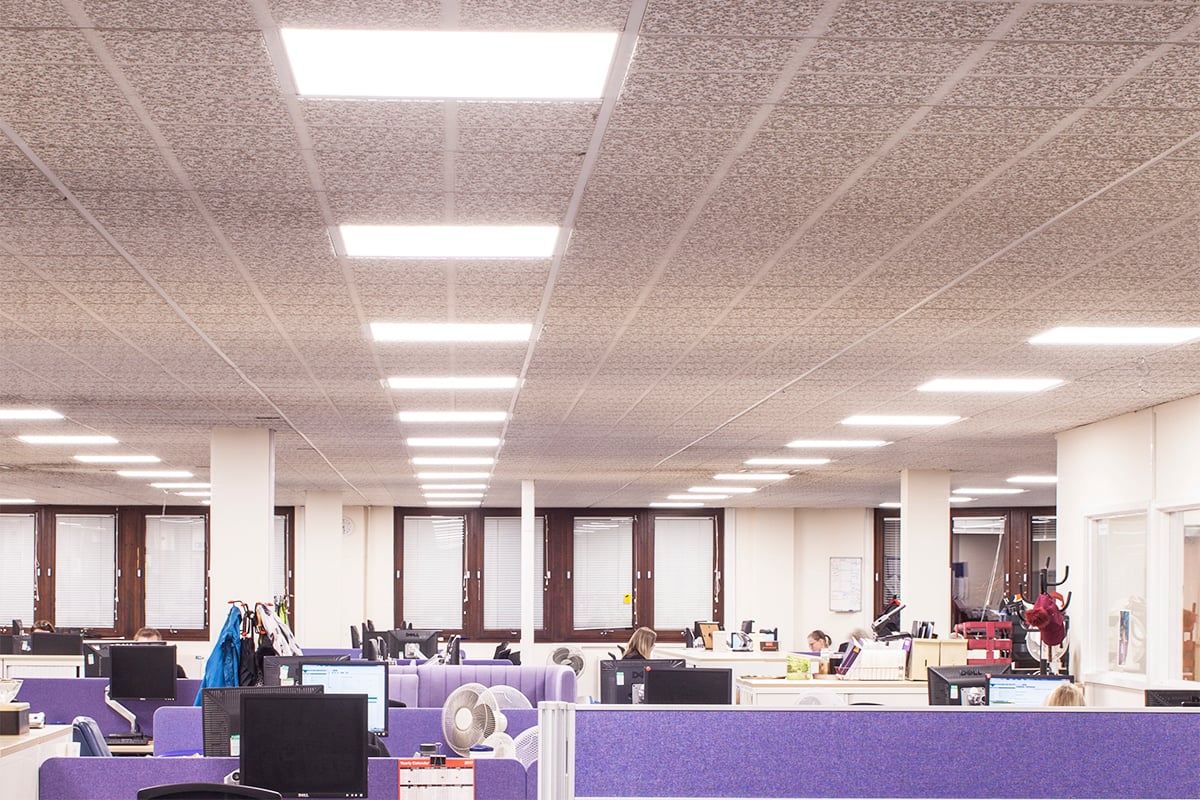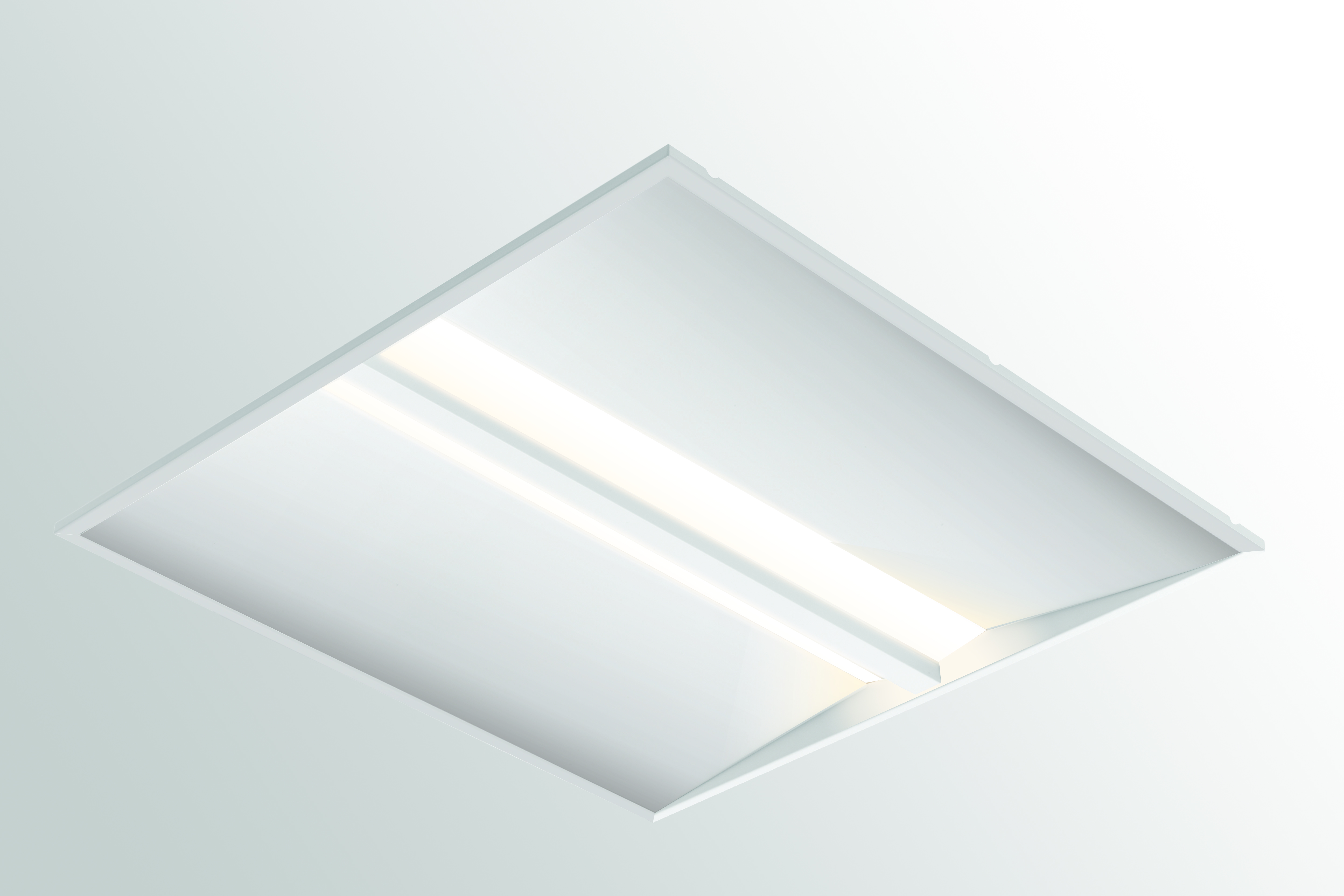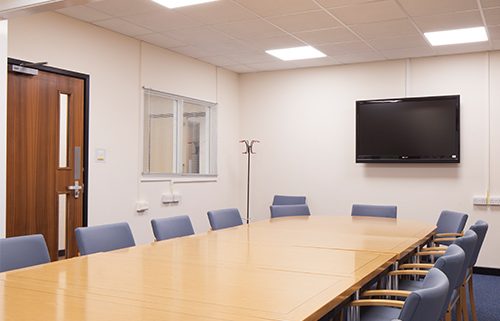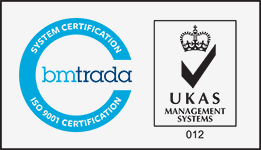Is there sufficient understanding of required lighting levels in the workplace?
There are no comprehensive guidelines to demonstrate exactly what lighting levels businesses should be maintaining so poor illumination can easily get overlooked by health and safety managers. Regulation 8 of the Workplace (Health, Safety and Welfare) 1992 simply states that every workplace must have ‘suitable and sufficient’ lighting. Managers should realise that bad lighting affects the quality of work and overall productivity. Too much or too little light causes eye strain and discomfort and can be hard to identify and avoid hazards in areas that are underlit or have poor light quality. The flicker often generated by outdated fluorescent lighting can induce headaches and migraines and other symptoms associated with Sick Building Syndrome.

Too much light brings further issues. Glare can cause discomfort, annoyance, irritability or distraction, and can also result in visual fatigue. Where the local work area is darker than the surroundings, staff may be distracted by the contrast. Often outdated lighting is replaced on an ad-hoc basis when it has failed and as a result, different lamp types or colour temperatures may be used within the same area. Indeed, some fittings are left without a working lamp at all. Workers can find it difficult or impossible to see properly, and the inconsistencies contribute to uneven light patterns across the entire area.
Building owners and managers often don’t understand the potential for an immediate improvement in energy and maintenance savings and enhancement of employee performance through the use of good lighting.





